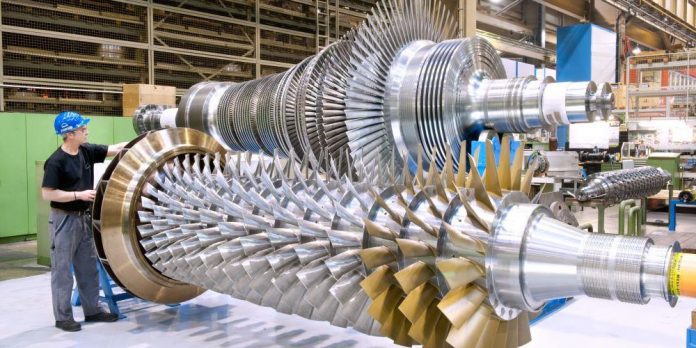Generally, CNC milling and machines are used in mass-production within various industries. The advent of computer-aided design and the cost of the error caused by humans has reduced significantly. CNC machines are designed to follow instructions such as G-Code, which is generated by the CNC programs. As a result, different parts can be manufactured precisely in the CAD file.
1. CNC in Aerospace
Precision is needed in every engineering project with a component or part created. This is a pressing concern within the aerospace space, especially in flights, as accuracy is everything. Every component used in the aerospace will need precision to ensure safety and hence flight assurance.
2. The AS9100 Standard
Suppose you are serving in the aerospace industry. In that case, you should know the importance of conforming to some standards such as the AS9100, which refers to the recognized aerospace standard for various quality management systems.
The term is modified for different companies serving in the aerospace such that it is used as a set of guidelines and rules used to manage and control and then audit processes. If you need a compliance ID for this, you can have it made by a support team.
3. CNC milling in aerospace
- High precision
- Different parts of complexities
- Strong Lightweight materials
Pros of CNC Machine Milling in Aerospace
- Accuracy and precision in engineering
- Leaves no room for error because every process is automated
- Workers can manufacture complicated geometries
Even with these advantages, considerations should be made when designing aerospace structures. These could be for daily travel or space aviation. If you are considering spacecraft, longevity should be featured in the calculation. All too often, the aircraft is in flight for longer hours annually.
With the accuracy in parts and structures that need various machining levels, automated manufacturing has become popular. An ideal example is the Boeing 747 that is made up of about 6 million parts, althouhgh they are getting grounded by most flight operator companies.
4. Top materials used in the aerospace CNC machining
There are a few preferred materials used for aerospace. The top two include titanium and aluminum. One primary consideration for aircraft is its weight such that the lighter an aircraft, the more efficient it shall be fuel-wise. This would, therefore, mean that it is also cost-efficient.
a. Titanium
The aerospace must also be lightweight if the aircraft must be safely flown. This implies that metals with high strength are the ideal ones to use. Thus. Titanium is another metal with perfect resistance levels to corrosion coupled with high temperatures handling properties. These features make it an ideal choice for longevity.
The material also makes it an ideal choice for consistent performance such that a popular grade of the titanium material is used.
b. Aluminum
Aluminum is perfect for various parts, as well as components. The best grade of aluminum for aerospace is the A17075-T6. The metal is not preferred even though it is strong.
Final Thoughts
3ERP has successfully been meeting the requirements of the aerospace machining with a world-class production process. The team of experts performs a broad range of techniques ideal for the sector. Its superior aerospace machining abilities make it a top-notch service provider for the evolving industry.







